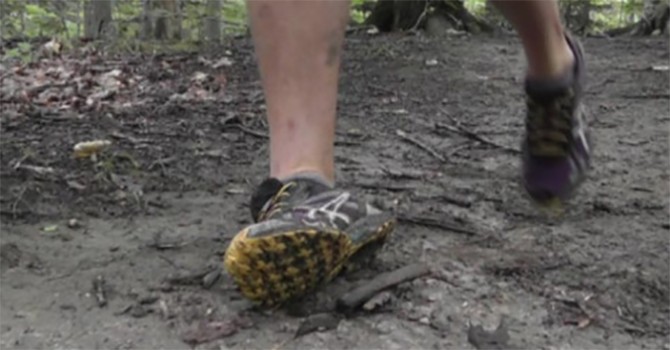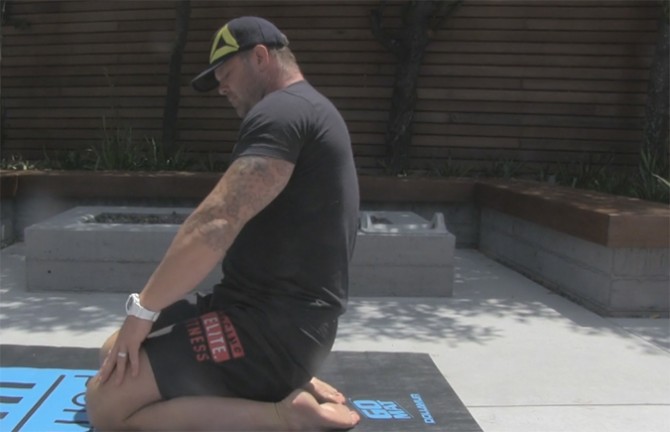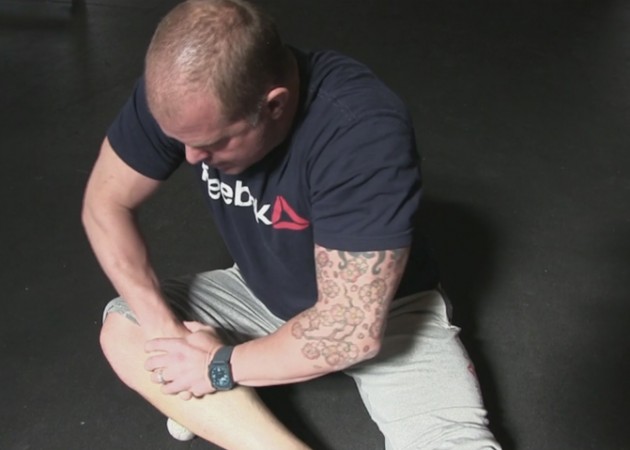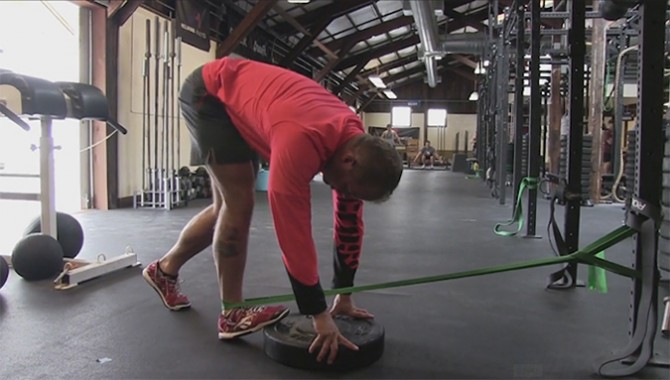
In a recent story for about the NFL Draft, Stanford’s Director of Football Sports Performance Shannon Turley suggested that NFL scouts don’t need to pay more attention to prospects’ throwing arm, the powerful chest that enables them to bang out bench press reps, or the giant quads that power unreal 40 yard dash times. Rather, scouts should look at an often overlooked part of these elite athletes’ anatomy: their ankles.
One of the main reasons of this is, as Bishop puts it, that the ankles are “where the movement chain starts.” If you lack ankle full end range capacity, it will compromise your ability to get into and maintain archetype shapes that are fundamental to sports performance (such as squatting and lunging), and will hinder your ability to ride snow, go rail-to-rail in the water, or participate in any number of activities you choose to do outside.
Having tacked down ankles is also a direct contributor to Achilles tendon tears and tendonitis, calf muscle injuries and problems downstream in the foot, such as plantar fasciitis.
Should tight ankles prevent you from getting into ideal positions, your body will start to make bigger compromises further up the kinetic chain, including the dreaded valgus knee (the knee caving in, which can lead to ligament tears and other issues), leaning too far forward and sticking your hips or butt out in weird ways. This, in turn, leads to poor quality movement, which then further tightens up the ankle, as well as contributing to upstream impingements at the knee, hip and even the lumbar spine (yeah, ankle restriction really could be contributing to that sore lower back).
Having tacked down ankles is also a direct contributor to Achilles tendon tears and tendonitis, calf muscle injuries and problems downstream in the foot, such as plantar fasciitis. Here are a few mobilizations to restore your ankles to full capacity before incomplete mechanics and resulting incident-level movement issues (and the resulting pain) transition to debilitating injury. You should also try rolling a soft ball under your feet to send slack back up into the ankle, and smashing those tight calves with whatever ball or roller you can find.

Photos: MobilityWOD.com
Heel Cord Smash
If your heel cord is tight, it’s going to limit your ankle’s range of motion, tug on your plantar fascia and increase your risk of knee pain and calf muscle injuries. Free your heel cord by:
—Placing the base of your left ankle (just above the heel) on a roller or barbell
—Putting the right ankle on top of the left
—Pulling your left foot up towards you, and then extending it again
—Varying the stimulus by slowly moving the active ankle from left to right across the roller/barbell. You can also circle the foot clockwise and counterclockwise
—In addition to trying the exercise with your lower leg straight, try changing up the starting position by inwardly rotating the foot to focus on the inside of the ankle, and then rotating the foot outwards to hit the lateral seam
— Keep going until you feel you need to make a change and switch ankles

Plantar Flexion Overdrive
—Kneel down on the ground, with your torso upright
—Sit back onto your heels
—Your hamstrings and calves should touch, and the instep of both feet should comfortably touch the ground
—Camp out in the position for at least two minutes. This mobilization not only addresses stiffness in the muscles and fascia that run along the front of the foot, ankle and lower leg, but also deals with restrictions in the quads. If your tissues are too matted down to get into or hold the end position, try the quad and shin smashes in this article, and then re-do the plantar flexion exercise.

Two Ball Smash and Floss
We can’t just look at front and back of the lower leg, but also need to remove restrictions on the lateral (outside) and medial (inside) sides. To do so:
—Sit on the floor with the outside of your right calf on the ground
—Place a lacrosse ball under the calf, just above the ankle bone
—Put a second ball opposite the first, on top of the calf
—Pushing down on the top ball, slowly flex and rotate your right foot
—Move both balls up the calf an inch at a time, repeating the flexing/foot rotation motion, until they’re just below the inside and outside of the knee.
—Repeat on the left leg

Banded Ankle Distraction
Another way to buy some slack in the ankle is to bust out a medium resistance band and move against its tension. To do so:
—Anchor the band around the upright post of a squat rack or a bed post
—Loop the other end of the band around your right ankle
—Facing towards the anchor point, step back until the band tightens
—With the right behind the left, and keeping both feet flat on the floor, bend slightly at the right knee, and then straighten the right leg.
—Repeat for 50 to 100 back and forth pulses, then switch legs
—You can also try the same mobilization facing away from the anchor point, and increase the stimulus by putting a weight plate under the active foot, hinging forward at the hips and lifting the inactive heel off the ground (see the pic, above)

